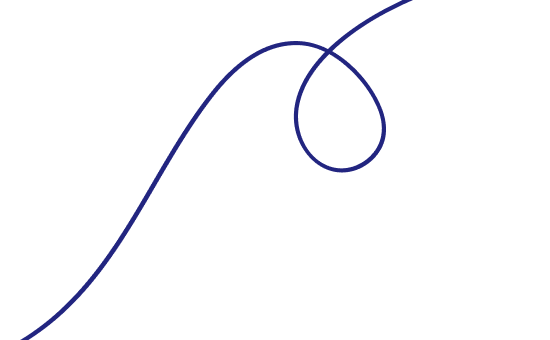Overview
Digital Signature (DSC) is a signature in an electronic format. Digital Signatures are used in India for online transactions such as Filing Annual Return, Company or LLP Incorporation, Income Tax E-Filing, E-Tenders, etc. There are 3 types of Digital Signatures – Class I, Class II and Class III. Class I digital signature is used for securing email communications. Class II digital signature is utilized for company registrations, IT Return, E-filing, obtaining DIN, DPIN, etc. Class III digital signature is used for E-tendering and participating in E-auctions.
Documents required
- Passport size photographs
- Copy of PAN card
- Copy of Aadhaar Card/ Voter ID Card
Steps to apply for a DSC
Log on and select your type of entity – Log on to the website of a Certifying Authority licensed to issue Digital Certificates in India. Having accessed the page, you will be guided to the Digital Certification Services’ section. Now under the ‘Digital Certification Services’ section, click on the type of entity for which you want to obtain the DSC:’ individual or organization’, etc.
Fill the necessary details – Once you have downloaded the form, fill in all the necessary details as required in the form:
- Class of the DSC.
- Validity.
- Type: Only Sign or Sign & Encrypt.
- Applicant Name & Contact Details.
- Residential Address.
- GST Number & Identity Details of Proof Documents.
- Declaration.
- Document as proof of identity.
- Document as proof of address.
- Attestation Officer.
- Payment Details.
On filling up all the necessary details you must affix your recent photograph and put your signature under the declaration. Check thoroughly for completion of the form. Take a print of the completed form and preserve it.
Assignment of Copyright
The owner of a copyright in an existing work or a prospective owner of a future work may assign to any person the copyright, either wholly or partly and either generally or subject to limitations and either for the lifetime of the copyright or any thereof. However in the case of future work, the assignment shall take effect only when the work comes into existence.
It may noted that after assignment, the rights of the assignor in the copyright shall be diluted to the extent of the rights so assigned to the assignee and in respect of the rights so assigned, the assignee shall be considered to be the owner during the period of assignment.
The assignment of copyright in any work shall be valid only when it is in writing and signed by the assignor of his duly authorized agent.
Advantages of Copyright registration
- Legal Protection – Helps as prima facie evidence in the court of law over ownership of the work. Along with this, it offers Infringement Protection. It gives the creator the right way to get to people who are copying their work and making a living out of the efforts of the hard created things.
- Branding or Goodwill – Registered copyright can be applied for marketing and building a sense of goodwill along with quality in the minds of your customers. Registered copyright tells others that you care about want you invented.
- Prima Facie Evidence – Copyright protection gives prima facie evidence in case if the litigation proceeds. The proof is required to attest to anything in the court of law. Hence, here the copyright registration is very beneficial for creators.
- The owner may ask for authorship for published work under the right of paternity.
- The owner may reproduce the work in any tangible form and keeping it in any medium by electronic means as well.
- The owner may determine where to publish and where not under the right of publication.
- The owner may perform in public or talk about it to the public or he/she may make any translation or adaptation of the work.
Legal Rights in Copyright
Under the Indian Copyright Act 1957, copyright preserves the social, economic and legal interests of the author. The copyright owner is allowed to retain the following exclusive rights.
The Copyright Act says that no 3rd party can reproduce or make copies of the original work or part of the work unless the copyright owner has authorized to do so. It limits reproduction in the form of printing an edition of a work and recording sound and films.
The copyright creator can choose to use his work whichever way he needs. That is, he/she can build derivatives from the existing work or make new work in the same form or another form based on the original work. The following actions outline the term adaptation as per the Copyright Act:
- Transforming plays, movies, choreographic shows, and other dramatic works into non-dramatic or literary works like poems, novels, and books
- Transforming bookish works and artistic works like sculpture, photography, paintings, drawings, etc into dramatic work
- Change or modification of dramatic and non-dramatic work
- Pictorial depiction of the work
- Transcription of musical work
Copyright owners can make their work open to the public using broadcast or wireless distribution whether in any or more of the forms of symbols or visual images.
The owners of musical work and artistic work can do their works publicly. For example, a musician can play his part or an actor can perform in his play for the crowds. The artists can also choose to advertise their performance on digital platforms.
FAQs
Request A Call Back
Ever find yourself staring at your computer screen a good consulting slogan to come to mind? Oftentimes.






